CHM research and insights analyst Marissa Croft writes about the gap in experience between high society dress and visitors to the 1893 World’s Columbian Exposition who traveled in from all over the world to attend.
If you’re taking a trip to an unfamiliar place, one of the first questions you might ask yourself is “What should I wear?” In 1893, millions of people departing for the World’s Columbian Exposition (WCE) in Chicago asked themselves the same question. The month before the exposition opened, Lida Rose McCabe, a reporter for the Los Angeles Times wrote: “Everybody is going to the World’s Fair . . . We all desire to look our best there, and to be at our best.”
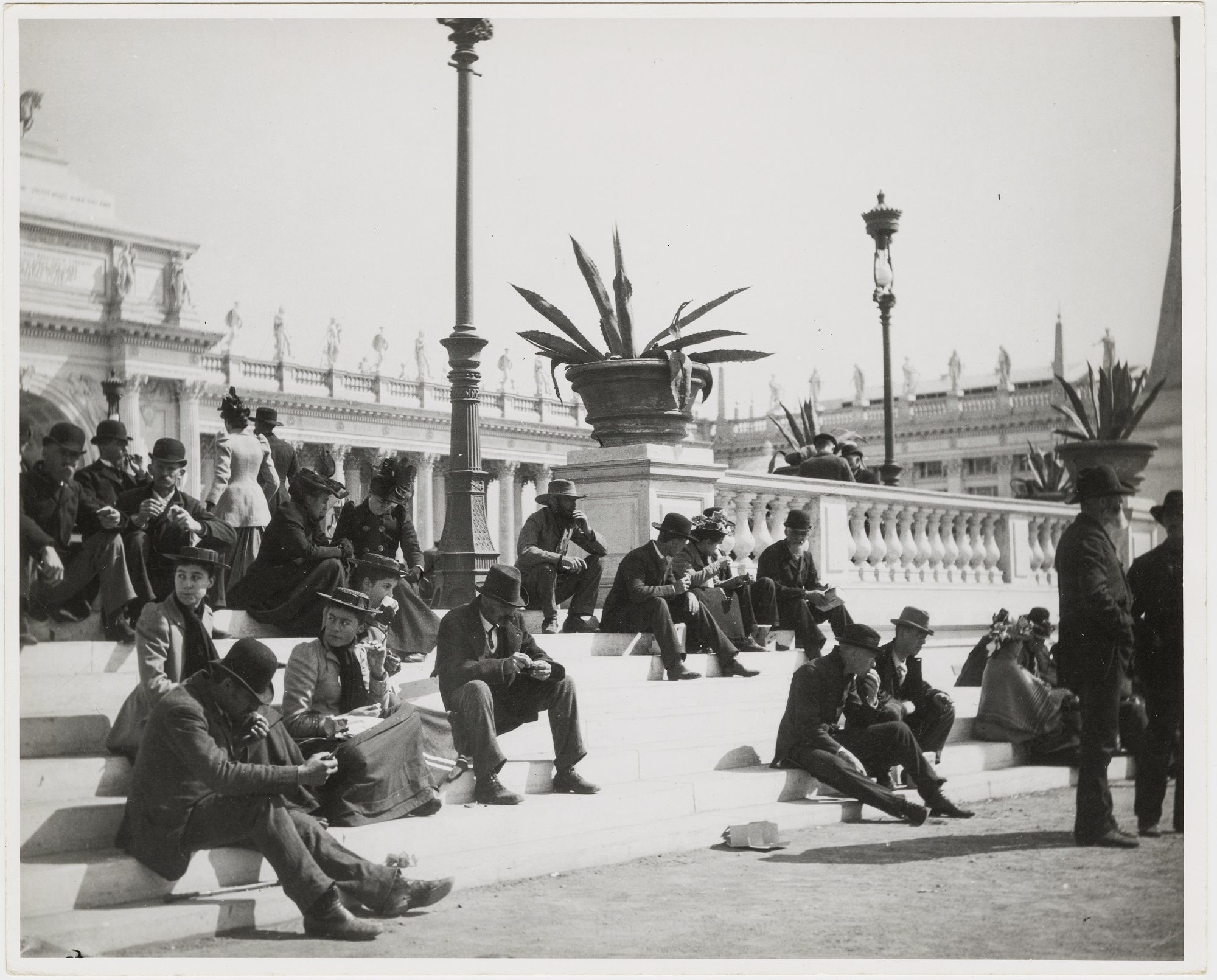
Women’s fashion magazines leapt at the chance to offer advice to their readers on how to look their best, because “The majority of women who contemplate going to the Chicago Exposition are inexperienced travelers . . . the journey in many instances will be the first, the greatest ‘outing’ of their lives. Naturally they want to make a good appearance and get the most out of the occasion.” (McCabe, Los Angeles Times). Selecting outfits carefully was critical, as travelers were limited in the amount of luggage that they could bring on the train for their multiple week long stays: one medium hard-sided “telescope” case and a large clasp top handbag or “alligator bag.” These fashion magazines encouraged female travelers to pack a minimal toilet, lightweight, comfortable garments, and noted that “two or three dresses with extra shirtwaists will be sufficient to carry for the stay of a few weeks at the fair.” (Fessenden, “The Trip to Chicago,” Harper’s Bazaar) Furthermore, it was advised that money might be saved on laundry by bringing only dark colored stockings and petticoats, and underclothes that could be washed in the sink. A women could also save space by wearing her heaviest garment during the journey. Depending on the month, this travelling gown might be made of storm serge for rain, silk for the heat, or wool for the cold. A cape made of broadcloth would complete the look.
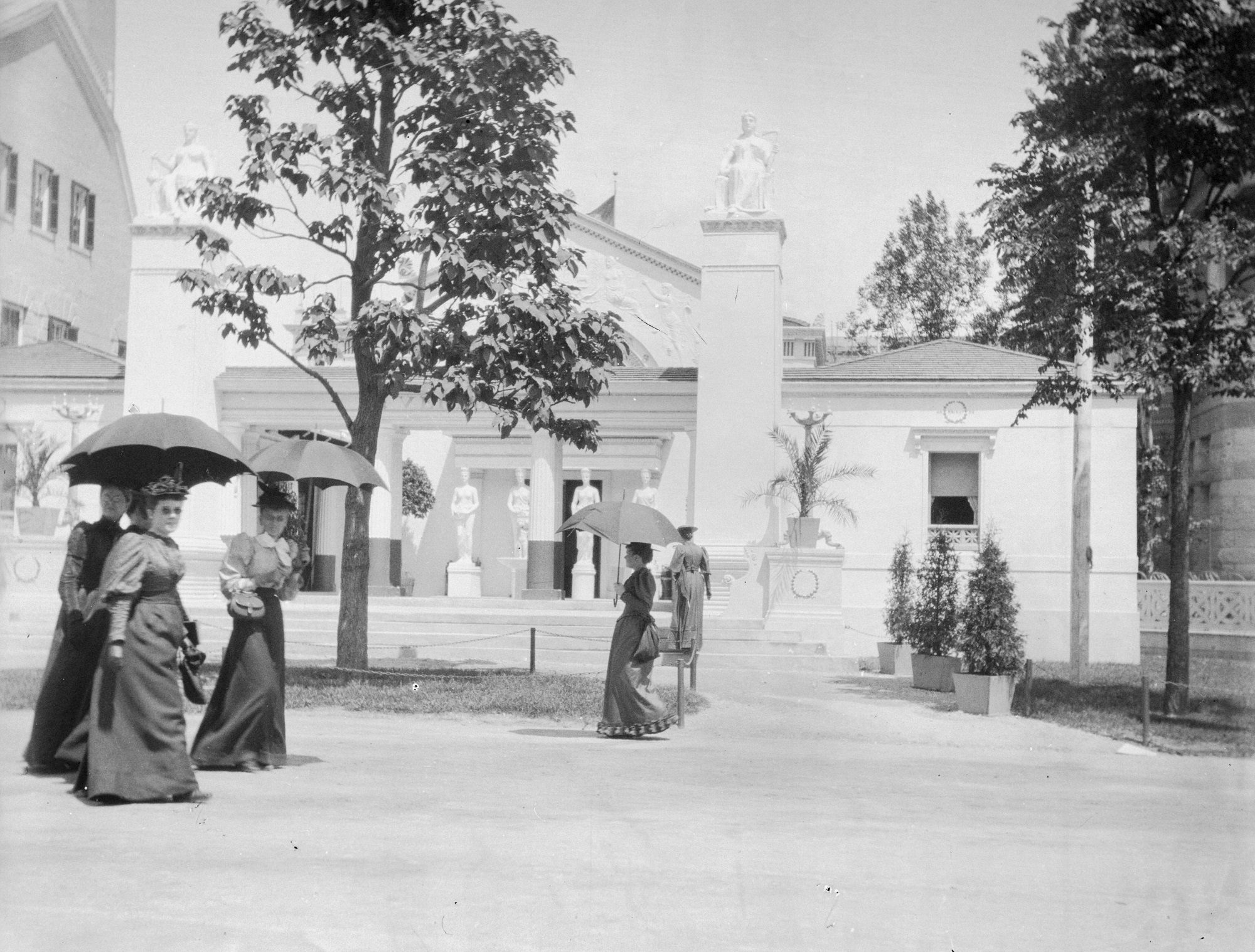
Here are some women at the WCE who took Harper’s practical fashion advice. CHM, ICHi-170162
Men’s attire at the WCE did not differ significantly from their normal day-to-day dress, although it provided a strong contrast with the wide array of garb worn by the exhibitors in the international pavilions. In the photograph below, two men in loose-fitting robes and astrakhan caps speak to a group of visitors attired in bowler hats and tailored jackets.
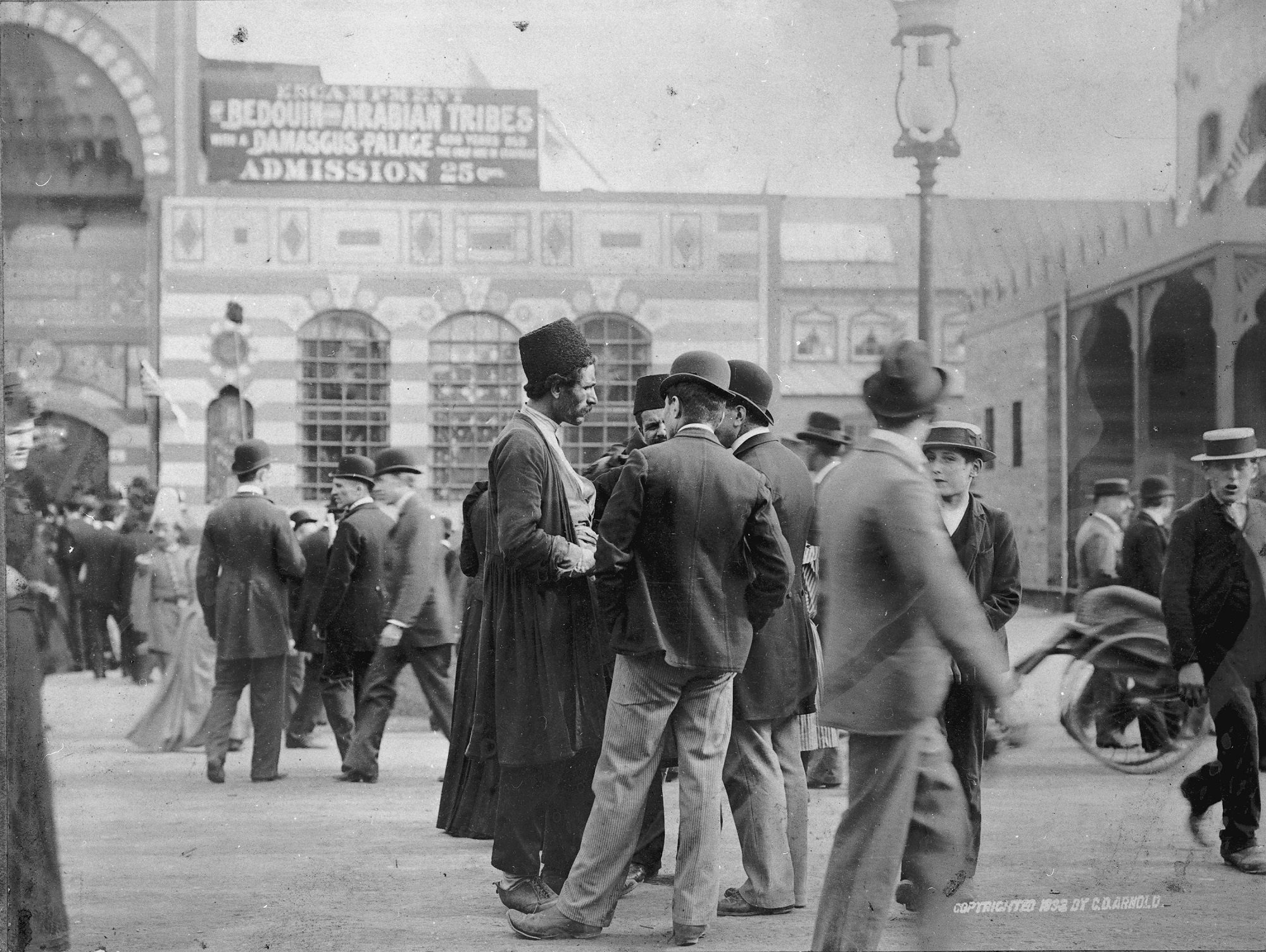
Clothing was also a central educational fixture of the WCE. There were panel sessions held by the National Council of Women about how women’s dress could be improved. The Women’s Tribune reported the following dress code issued for panel attendees: “the clothing from head to foot, shall be entirely free from stiffness and constricting bonds, and that it shall be suitable to the occasion for which it is intended.” At the Midway Plaisance, near the entrance was an entire building dedicated to global attire called the International Dress and Costume Exhibit, which contained 40 different examples of women’s dress from 40 different countries. New novelties in clothing technology were on view across the fair, from displays of Japanese textiles and Venetian lace to the Libbey Glass Company’s gown made entirely from fiberglass.
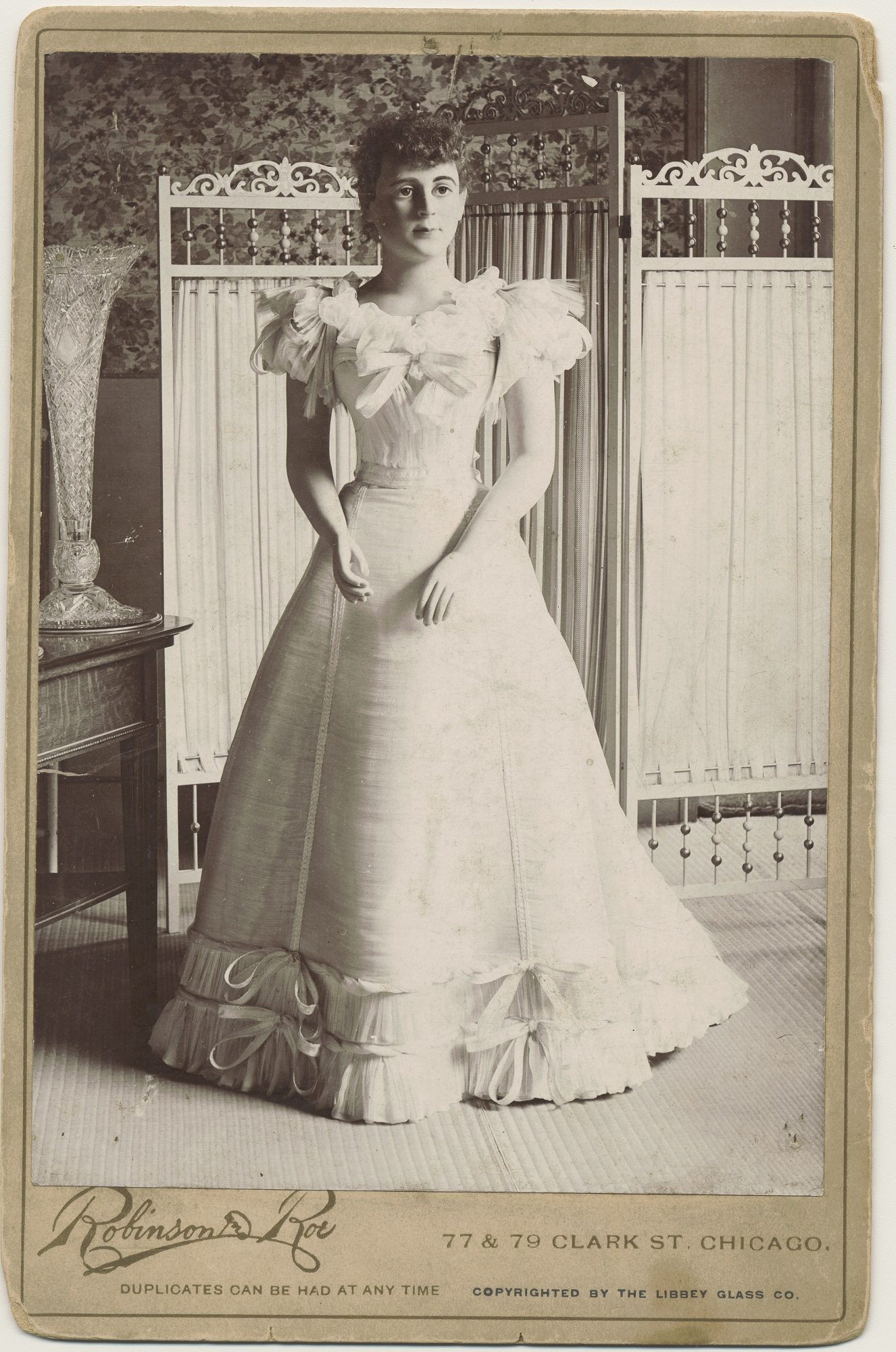
The Famous Glass Dress from Libbey Glass Company’s Crystal Palace in Midway Plaisance, World’s Columbian Exposition, Chicago, 1893. CHM, ICHi-061750; Robinson & Roe, photographer
Although most attendees were only able to look at these fine fashions, there were an elite few who actually wore them: the dignitaries and socialites present at the fair. Many of these individual gowns now reside in CHM’s collection. This evening dress worn by Mrs. John (Annie D. Larrabee) DeKoven to the WCE’s inaugural ball is made of pink brocade with collar and front skirt panel of white silk and net embroidered in pearls and silver thread. It would certainly not be an easy garment to pack for train travel and stands in stark contrast to the plain and practical attire worn by the millions of attendees who flocked to take in the sights.
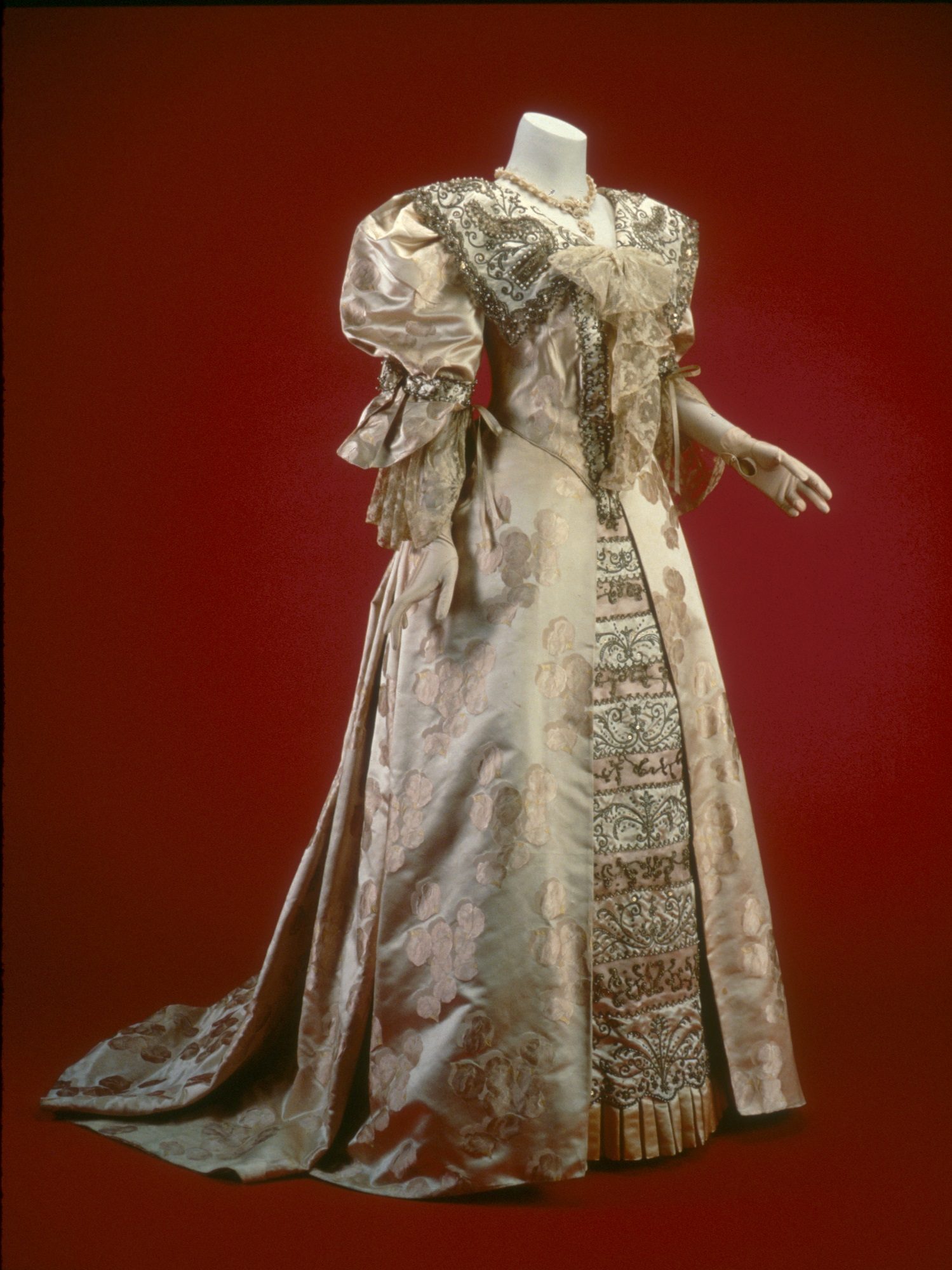
Evening dress of pink brocade with white lace jabot and cuffs, c. 1892. CHM, ICHi-066213
As you might have noticed, the historical record of what outfits the average person wore to the 1893 world’s fair comes primarily from candid photographs and printed articles, while examples of elite dress come from posed photographs and extant garments. Although we can certainly learn much about fashion from printed sources, such as those housed in the Abakanowicz Research Center, this gap points to a collecting divide that privileged elite garments connected to the WCE over those worn by attendees with less means. This raises an important question: When museums collect clothing, should they collect representative examples of what was most worn at the time or focus on preserving the most extravagant and artistic clothes? More broadly speaking, is it a museum’s job to share the stories of the many or of a minority of elite?
Additional Resources
- Browse CHM’s images of extant garments from around the time of the 1893 world’s fair
- Visit the Abakanowicz Research Center (ARC) to view primary sources from the 1893 world’s fair to learn more about what the average person wore, such as: Harper’s Bazaar (1867–1986), a useful source for fashion illustrations, in-depth descriptions of dressmaking techniques, and patterns for everything from embroidery designs to actual clothing. Various issues from 1867 through 1900 are accessible in the ARC. Advance notice is required to view issues printed after April 28, 1900; Pocket guide to the latest fashions from the Hub for Spring & Summer, 1893; Putnam House Catalogue, Spring and Summer 1893.
Works Cited
- “World’s Fair Notes: Dress Reform Day.” The Woman’s Tribune 10, no. 19 (April 22, 1893): 76.
- Fessenden, Laura Dayton, “The Trip to Chicago.” Harper’s Bazaar, May 13, 1893, 378–79.
- McCabe, Lida Rose. “In The Style.”: What Women May Wear at The World’s Fair. A Woman’s Outfit for A Fortnight’s Stay–How Travel in Comfort and How to Dress Becomingly.” Los Angeles Times (1886–1922), April 2, 1893.
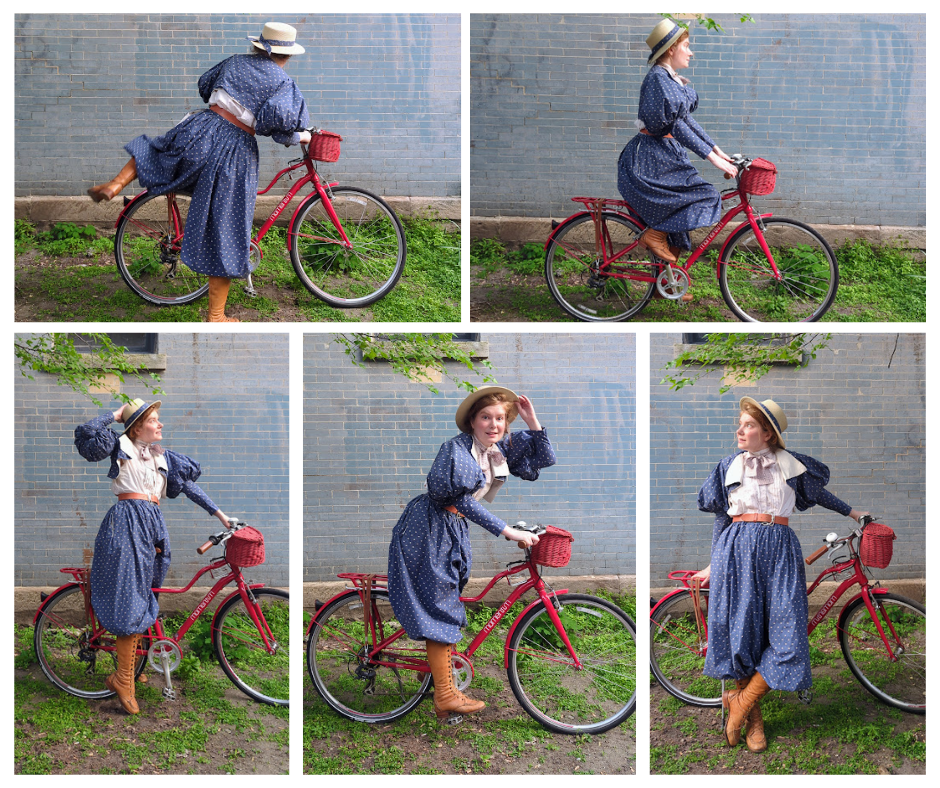
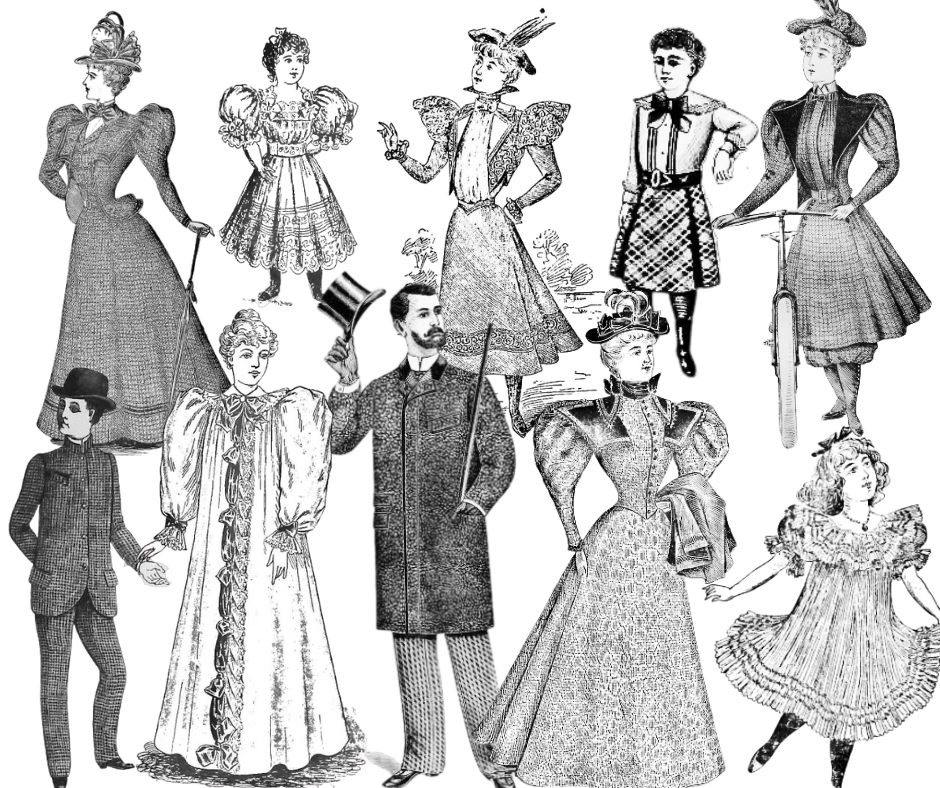
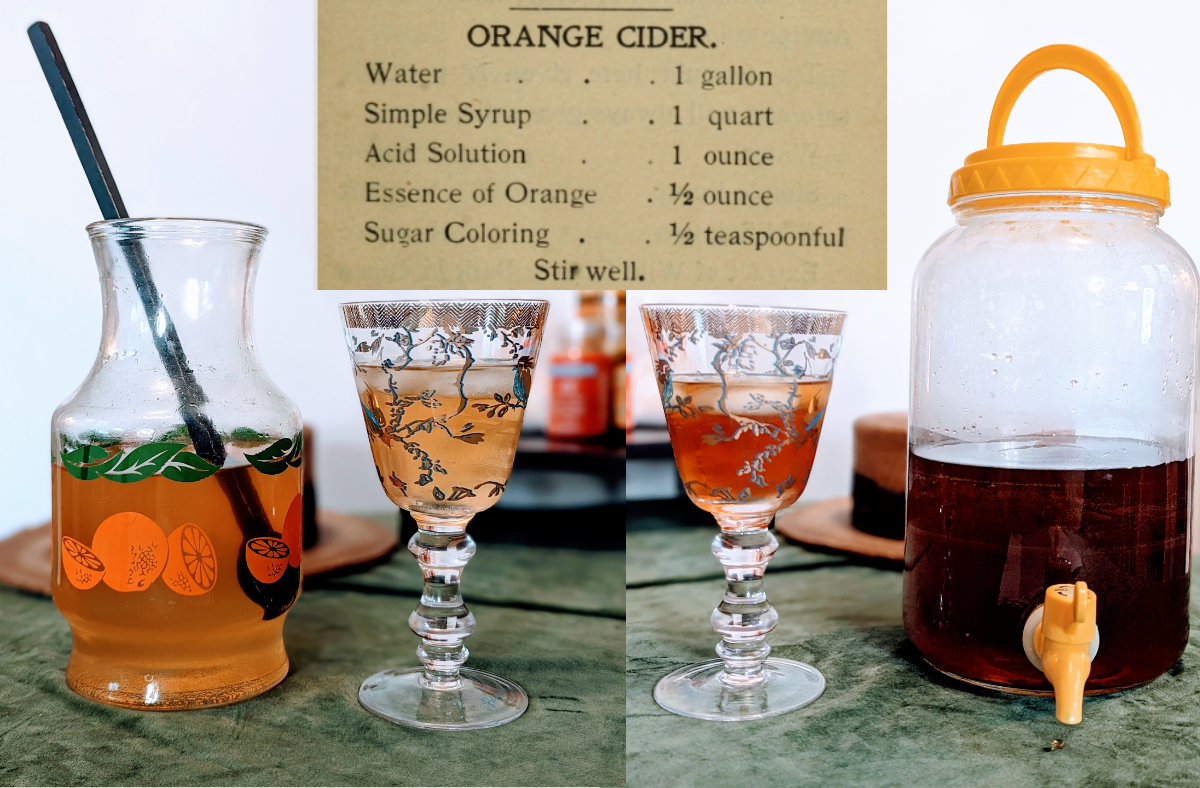
See what other's are saying!